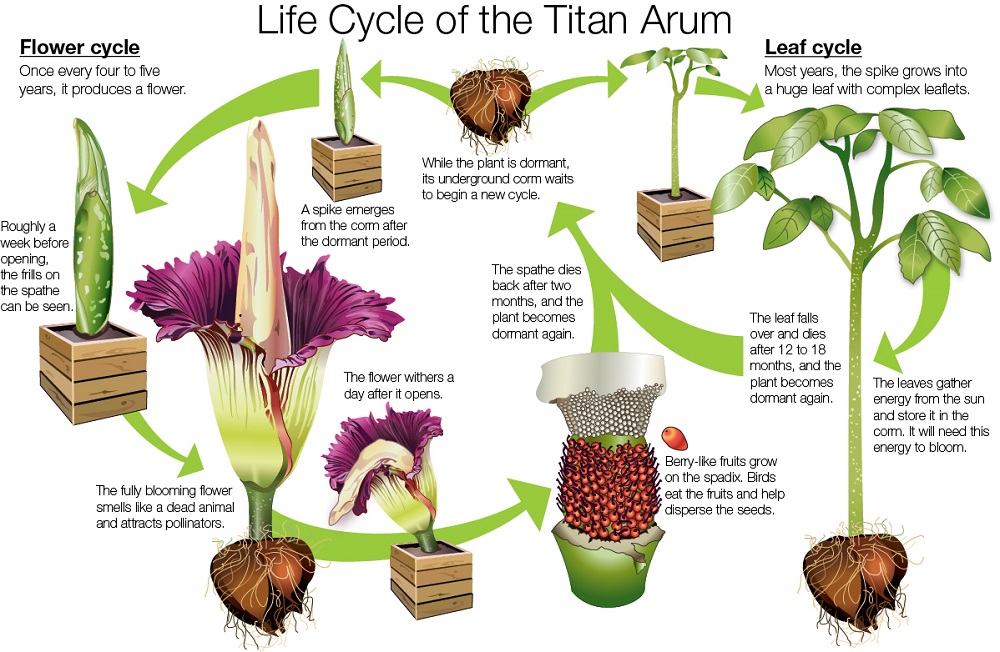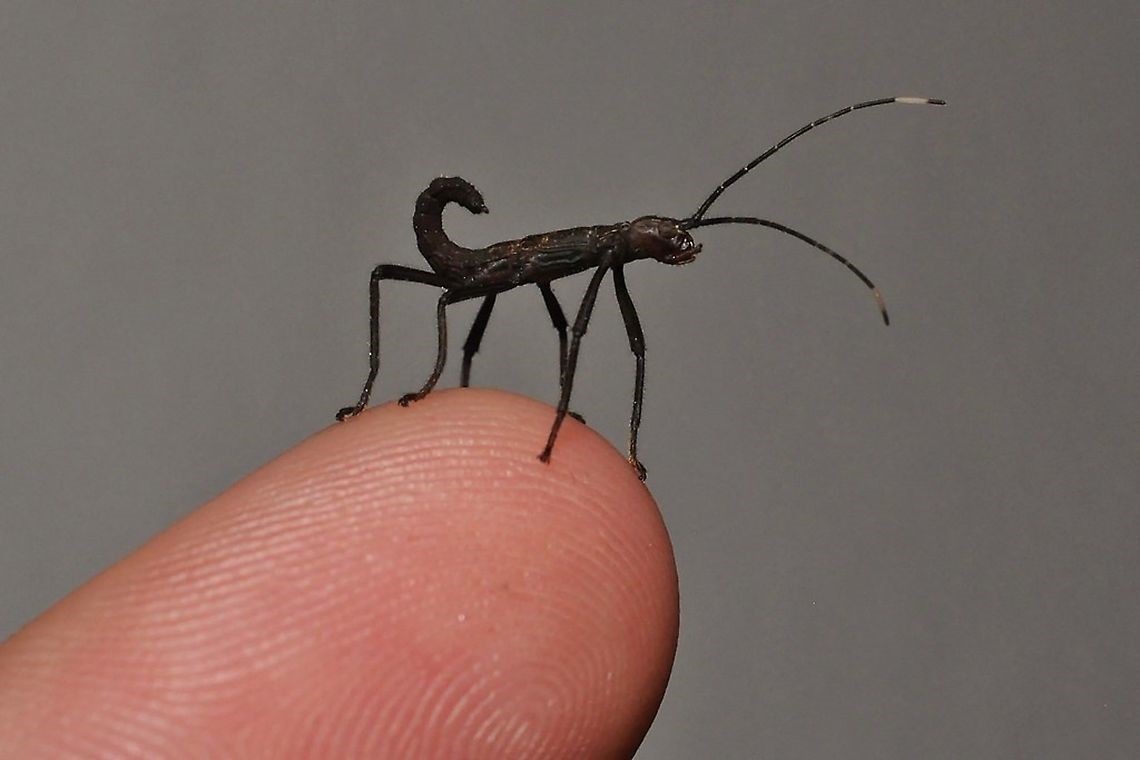Editor’s Note: Today’s blog comes to us from Cockrell Butterfly Center Butterfly Rearing Coordinator Celeste Poorte.
The Cockrell Butterfly Center has had the privilege of witnessing a rare natural phenomenon recently. On July 10, a very unusual butterfly emerged from its chrysalis in the Museum’s greenhouses used for breeding and raising butterflies. This butterfly has a bilateral division: one side is female, while the other is male.
This condition is known as gynandromorphy. The term derives from the Greek “gyne” (female) and “andro” (male). This extraordinary butterfly is of the species known as the Great Southern White (Ascia monuste).
The Great Southern White is a cream-colored butterfly in the Pieridae family and occurs in the Southeastern United States and Central and South America. This species is sexually dimorphic, meaning the male is physically distinguishable from the female. In the case of the Great Southern White, the female has darker, greyer wings than her lighter male counterpart.
Our unique specimen’s right wing is ivory with dark scallop designs on the edges. Its left wing is a solid warm grey tone. On the right side of the abdomen you can see an anatomical protrusion not observed on the left side. This is a single clasper, a structure usually found in pairs on male individuals. Claspers are used by males to grip onto the female during mating. Our particular butterfly only has one clasper, on the same side of the body showing the male coloration and wing pattern. These observable features suggest that the entire right side of the butterfly is genetically male, while its left side is female. NEAT!
 Gynandromorphy is the result of a genetic mutation. It is an extremely rare condition and a topic of interest to researchers. As early as the 1700s, scientists have recorded cases of organisms that seem to be half male and half female. Recognized cases of gynandromorphy typically occur in species with sexually determined phenotypes. In the butterfly world, these specimens are prized by collectors. Cases most commonly occur in insects. Examples have also been documented in crustaceans (especially lobsters) and even birds. (Gynandromorphy has not been observed in mammals.)
Gynandromorphy is the result of a genetic mutation. It is an extremely rare condition and a topic of interest to researchers. As early as the 1700s, scientists have recorded cases of organisms that seem to be half male and half female. Recognized cases of gynandromorphy typically occur in species with sexually determined phenotypes. In the butterfly world, these specimens are prized by collectors. Cases most commonly occur in insects. Examples have also been documented in crustaceans (especially lobsters) and even birds. (Gynandromorphy has not been observed in mammals.)
 Crustaceans, especially lobsters (Homarus americanus), can also display gynandromorphy. (original photo by A. R. Palmer; taken at the Bonne Bay Marine Station,)
Crustaceans, especially lobsters (Homarus americanus), can also display gynandromorphy. (original photo by A. R. Palmer; taken at the Bonne Bay Marine Station,)
How does this bizarre genetic anomaly occur? All sexually reproducing organisms begin as a single cell (a zygote) from the fusion of two gametes, a sperm and an egg. This single cell then undergoes division after division to produce all the cells in the body. In insects, each cell division — from the zygote on — is determinate, meaning that cell’s fate is set. The earliest divisions will determine left from right, front from back, and top from bottom. Therefore, gynandromorphy is the result of an error during one of the very first cell divisions.
In Lepidoptera (butterflies and moths), sex is determined by a WZ/ZZ (female/male) system. We are more familiar with the human sex chromosomes X and Y, where females are XX and males are XY. In butterflies, this situation is reversed, and it is the female who has the heterogametic sex chromosomes. It is important to note that what is important in determining sex is the number of Z’s. Any individual with only one Z will be female (even if it is missing a W), and any individual with two (or more) Z’s will be male.
When cells divide (mitotically), identical copies of DNA are passed on to the resulting daughter cells. Occasionally a non-disjunction event occurs, in which the duplicated chromosomes do not correctly separate from one another, leaving one daughter cell missing chromosomes, while the other has extra copies. Gynandromorphy can happen when a non-disjunction occurs in a Z chromosome of a ZZ individual (male). In this situation, when the duplicated Z chromosomes fail to separate correctly, one daughter cell ends up with a single Z (female) and the other ends up with three Z’s (male). All the progeny of the female cell will be female, and the progeny of the male cell will be male. As a consequence, one side of the individual will have male traits, while the other side will have female traits. This is called a bilateral gynandromorph. If the non-disjunction of the Z chromosomes occurs at a later division, the butterfly will have a smaller section that is one sex while the rest of it is the opposite sex. Additionally the non-disjunction can occur several times during development resulting in a patchwork effect, yielding what is known as a mosaic.
Non–disjunction is not the only way this condition can arise. Other genetic events resulting in the spontaneous anomalous loss of a Z chromosome in a cell within the first few divisions will have similar effects.
So there you have it, gynandromorphy is a bizarre but often strikingly beautiful genetic error. The Cockrell Butterfly Center is lucky to have raised a butterfly with such a rare condition so we can all learn about the peculiarities of the natural world!










